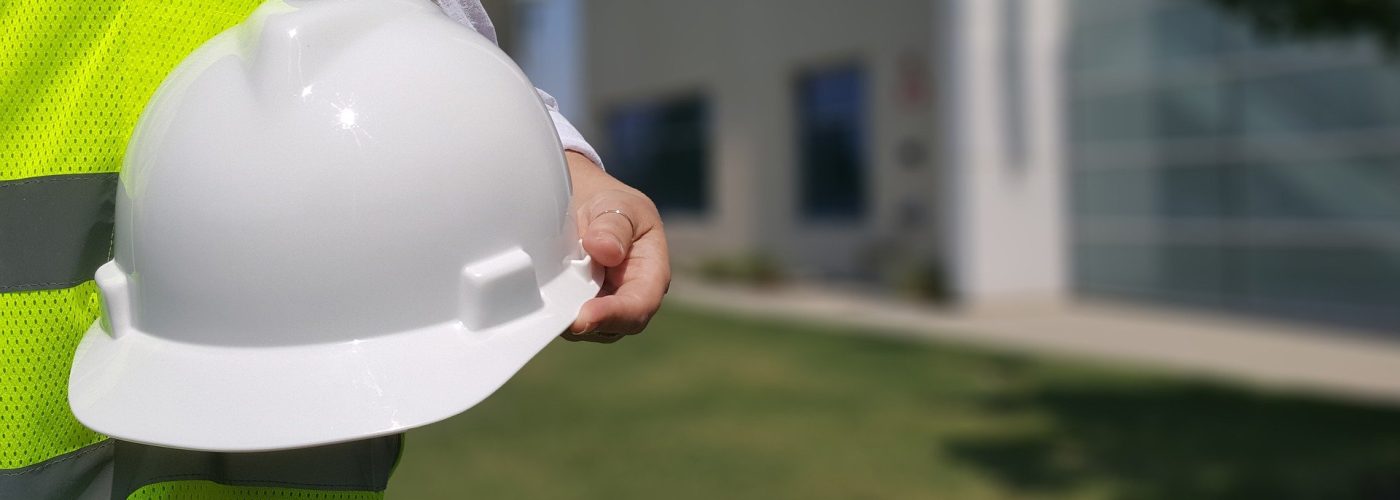Advanced Analytics company Empiricai, is calling on industry to take action in order to prevent further workplace closures and boost the economy. In these uncertain times, an increase in positive cases in the workplace can have a devastating impact on an organisation’s productivity, output and revenue, so granular risk analysis is needed.
In an industrial or branch setting, one infection could lead to the closure of a whole shift or even a potential Government fine. In the worst-case scenario, a sharp increase in cases would shut down the entire workplace. Pilgrim Foods, part of JBS S.A., the largest meat processor in the world, has already been forced to close as workplace infections spiked, impacting the company’s output.
To reduce the spread of infection across the workplace and avoid closure businesses there are only three proven techniques:
- Personal Protective Equipment (PPE) detection – ensure PPE is worn properly where and when required across the workplace.
- Real-time social distancing – provide a real-time view of social distancing compliance and violations in the workplace.
- Occupancy monitoring – actively avoid workplace overcrowding using heat maps to identify areas of concern or high traffic.
Empiricai helps businesses monitor COVID safety compliance, reduce risk in real-time and prevent workplace closures with its WorkSafe Analytics solution. Emipiricai’s WorkSafe Analytics leverages Computer Vision AI to enable businesses to ‘see’ and accurately monitor workplace regulation compliance.
“Despite best efforts to manually monitor and implement workplace safety guidelines there is still an increased risk of infection. Violations and non-compliance are often missed by the naked eye and manual processes which would regularly be picked up by technology, especially Computer Vision AI,” said Empiricai CEO, Salman Chaudhary.
“The only way for businesses to realistically mitigate risk in the workplace and prevent closure is to accurately monitor social distancing, PPE compliance and workplace occupancy. These three variables are key to stopping the spread of infection, especially when workers may be asymptomatic.”
WorkSafe Analytics provides site-wide, comprehensive analytics on the above regulations which allow organisations to measure the effectiveness of current guidelines and make evidence-based decisions to increase education and awareness or introduce physical measures. Over time businesses can assess the impact of new measures on the workforce, the reduction of infection risk and ultimately keep the workplace open.





